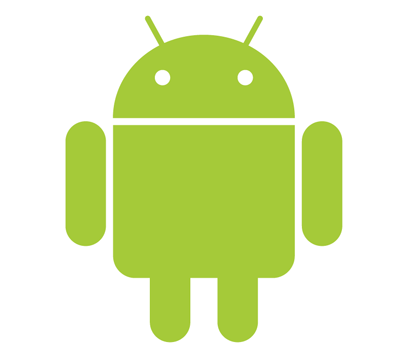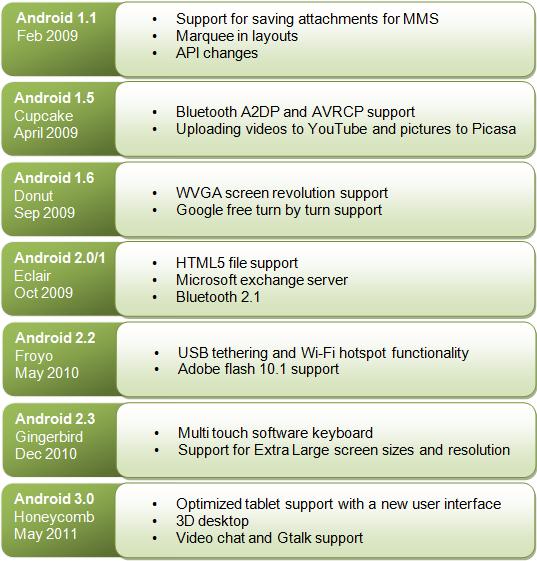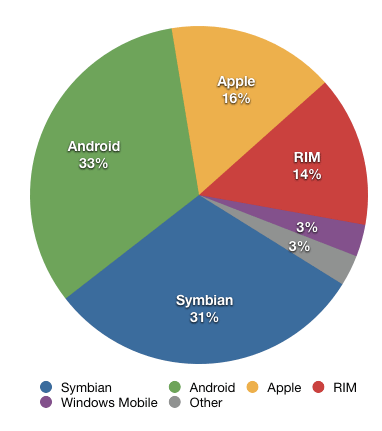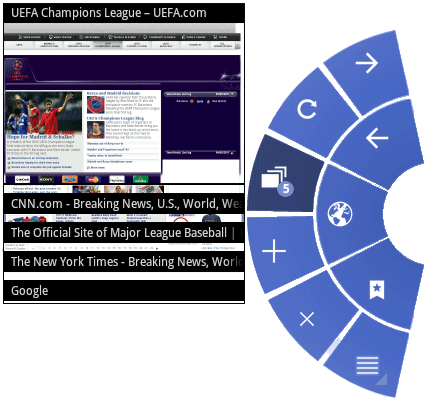The world is contracting with the growth of mobile phone technology. As the number of users increases day by day, the installations also increase. Starting from simple and common devices used only to make calls, cell phones have changed our lives and become part of it. Now they are not just used for making calls but have countless uses and can be used as a camera, music player, tablet PC, TV, web browser, etc. And with new technologies, new software and operating systems are needed.

Fig. 1: An image of the Anaroid logo/A representational image of Android
What is Android
Operating systems have evolved a lot in the last 15 years. Starting from black and white phones to recent smartphones or mini computers, mobile operating systems are a long way off. Especially for smartphones, Mobile OS has evolved greatly from Palm OS in 1996 to Windows pocket PC in 2000 and then to Blackberry OS and Android.
One of the most used mobile operating systems today is ANDROID . Android is a group of software that comprises not only the operating system but also middleware and core applications. Android Inc was founded in Palo Alto, California, USA by Andy Rubin, Rich miner, Nick Sears and Chris White in 2003. Later, Android Inc. was acquired by Google in 2005. After the original launch, there were several updates to the original version. of Android.

Figure 2: Flowchart showing various updates in the original version of Android
Features and specifications
Android is a powerful operating system that supports a large number of applications on Smartphones . These applications make life more comfortable and advanced for users. Hardwares that support Android are mainly based on ARM architecture platform. Some of the current Android features and specifications are:

Figure 3: Android Features and Specifications
Android comes with an Android Market, which is an online software store. It was developed by Google. It allows Android users to select and download applications developed by third-party developers and use them. There are around 2.0+ missing games, apps, and widgets available in the market for the users.
Android apps are written in Java programming language. Android is available as open source for developers to develop applications that can be used for sale on the Android Market. There are around 200,000 apps developed for Android with over 3 billion downloads. Android depends on Linux version 2.6 for essential system services such as security, memory management, process management, networking stack, and driver model. For software development, Android provides Android SDK (Software Development Kit). Read more about open source software.
Forms
These are the basics of Android apps:
• Android applications are composed of one or more application components (activities, services, content providers, and broadcast receivers)
• Each component plays a different role in the overall application behavior and each can be activated individually (even by other applications)
• The manifest file must declare all application components and also all application requirements, such as the minimum required Android version and any required hardware configurations.
• No-code app resources (images, strings, layout files, etc.) must include alternatives for different device configurations (such as different strings for different languages)
Google, for software development and app development, has launched two competitions ADC1 and ADC2 for the most innovative apps for Android. It offered prizes of $10 million combined in ADC1 and 2. ADC1 was released in January 2008 and ADC 2 was released in May 2009. These competitions helped Google a lot in making Android better, easier to use, advanced and interactive.
Other mobile operating systems
There are several other mobile operating systems also present in the market that compete with Android. Apple's iOS and Windows Phone compete heavily with Android. A simple comparison between features and specifications of the latest version of Android and other operating systems can be seen in the table below.

Fig. 4: Various mobile operating systems available on the markets
According to Canalys, in the second quarter of 2009, Android had 2.8% market share, which grew to 33% market share in the fourth quarter of 2010, which made Android the leader in smartphone operating systems in Worldwide. The market share of commonly used mobile operating systems is shown in the following pie chart.

Fig. 5: Diagram showing market share for commonly used mobile operating systems
A large number of mobile phone companies are using Android. A list of companies that support Android on their hardware is:
· Acer Inc.
· ALCATEL (TCL corporation)
· Bluelans Communications
· Casio NCE Mobile Communications
· Cherry Mobile
· CSL
· Dell
· Garmin
· geek phone
· General Mobile
· High screen
· Hong Kong
· HTC Corporation
· Huawei
· Immobile
· Lenovo
· LG
· Motorola
· Samsung
· Sony Ericsson
· Videocon
· ZTE
The latest from Android
Android is still updating. The recent version of Android (Honey comb 3.1) has very advanced features and updated apps that are optimized for use on larger screen devices. These apps are mentioned below:
Browser: The new version of Android includes a number of new features for simple, fast and convenient navigation with Quick UI controls. It also supports popular web standards like 3D CSS, animations, and fixed positioning CSS for all websites, mobile or desktop. It also supports playing HTML5 video content. To make favorite content management better and more convenient, users can now save a webpage locally for offline viewing, including all styles and images.
A clip of the new browser

Figure 6: Latest version of Android Honey Comb 3.1
Gallery: The new gallery now supports PTP (Picture Transfer Protocol) so users can directly connect their cameras to their Android device and transfer photos with a single tap.
Calendar: Calendar grids are larger for better readability and more precise touch targeting. Additionally, users can create a larger viewing area for grids by hiding calendar list controls. The controls on the date picker have been redesigned, making them easier to see and use.
Contacts: The Contacts app now lets you find contacts more easily using full-text search. The search returns matching results from all fields stored for a contact.
Email: When replying to or forwarding an HTML message, the Email app now sends plain text and HTML bodies as a multi-part mime message. This ensures that the message will be formatted correctly for all recipients. Folder prefixes for IMAP accounts are now easier to define and manage. To conserve battery power and minimize cellular data usage, the app now prefetches emails from the server only when the device is connected to a Wi-Fi hotspot.
An updated home screen widget gives users quick access to more emails. Users can tap the Email icon at the top of the widget to cycle through labels such as Inbox, Unread, and Starred. The widget itself is now resizable, both horizontally and vertically.
Enterprise Support: Users can now configure an HTTP proxy for each connected Wi-Fi access point. This allows administrators to work with users to define a proxy hostname, port, and any ignored subdomains. This proxy setting is automatically used by the Browser when the Wi-Fi access point is connected, and can optionally be used by other applications. Proxy and IP configuration are now backed up and restored through system updates and resets.
For developers, the new version of Android has expanded the possibilities with new features that developers can leverage to create powerful new apps for tablets and smartphones. Some of the new features for developers are:
• Open accessory API for rich interaction with peripherals
• USB Host API
• Mouse input, Gamepad and game controller
• Resizable home screen widgets
• ATI MTP (Media Transfer Protocol) for integration with external cameras
• Real-time transport – ATI protocol (RTP) for controlling audio streaming sessions.
With all these new features, Android 3.1 is making life more comfortable and advanced. Now with advanced browser, gallery, calendar, USB support, new hardware that supports this operating system is quite convenient.
Mobile phones have really evolved in earlier features like camera and music player but now latest hardwares not only support these features but also advanced usage of such features as well as barcode scanner, text reader etc ., which made life better and simpler, and Android played an instrumental role. role in this evolution with thousands of apps available on Android Market and open opportunity for developers to make it more advanced and better. In a way, Android has completely changed the lives of its users.

